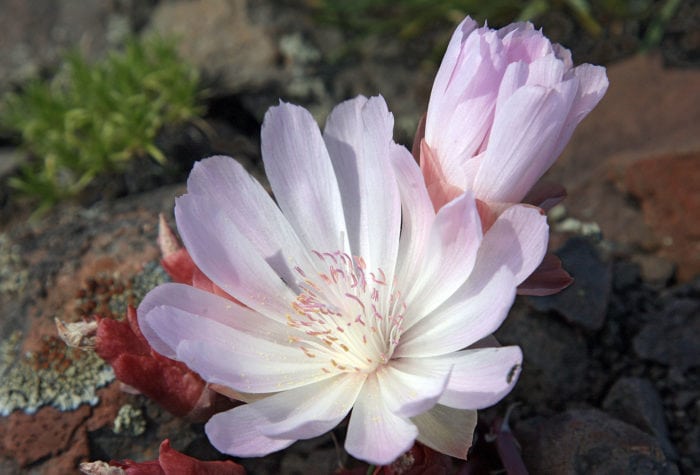The greater sage-grouse, an iconic species native to Oregon’s high desert and the largest grouse in North America, faces serious threats to its survival due to habitat loss and degradation caused by poorly managed livestock grazing, invasive species, wildfire, energy development and other factors.
ONDA has been working since the 1990s to conserve sage-grouse and their habitat, and the hundreds of other plants and animals that depend on sagebrush steppe.
ONDA and the National Sage-Grouse Planning Strategy
ONDA was a key player in an unprecedented planning effort in 2015 to conserve sage-grouse across more than 12 million acres of public lands in eastern Oregon. The federal plan was and remains a promising compromise among stakeholders to adopt new measures to protect and recover the species. Unfortunately, interference from the Trump administration delayed and confounded implementation of the plan, even as sage-grouse populations continued to decline. Joined by Audubon Society of Portland and Defenders of Wildlife, ONDA even filed litigation to defend the federal strategy against these unwarranted incursions.
ONDA and the Sage-Grouse Conservation Partnership
In conjunction with the federal strategy, the state of Oregon has also developed the most comprehensive state sage-grouse conservation plan in the country. ONDA is proud to be a member of the Sage-Grouse Conservation Partnership that continues to bring together a broad array of partners to assess and improve the state strategy.
Even More Planning for Sage-Grouse
In November 2021, the Biden administration announced that it intends to update and strengthen federal sage-grouse conservation plans with more protective, science-based management prescriptions that also address climate change and other important and emerging threats to grouse and their habitat. ONDA and our community welcome this new opportunity to provide for this charismatic ambassador of the Sagebrush Sea.
